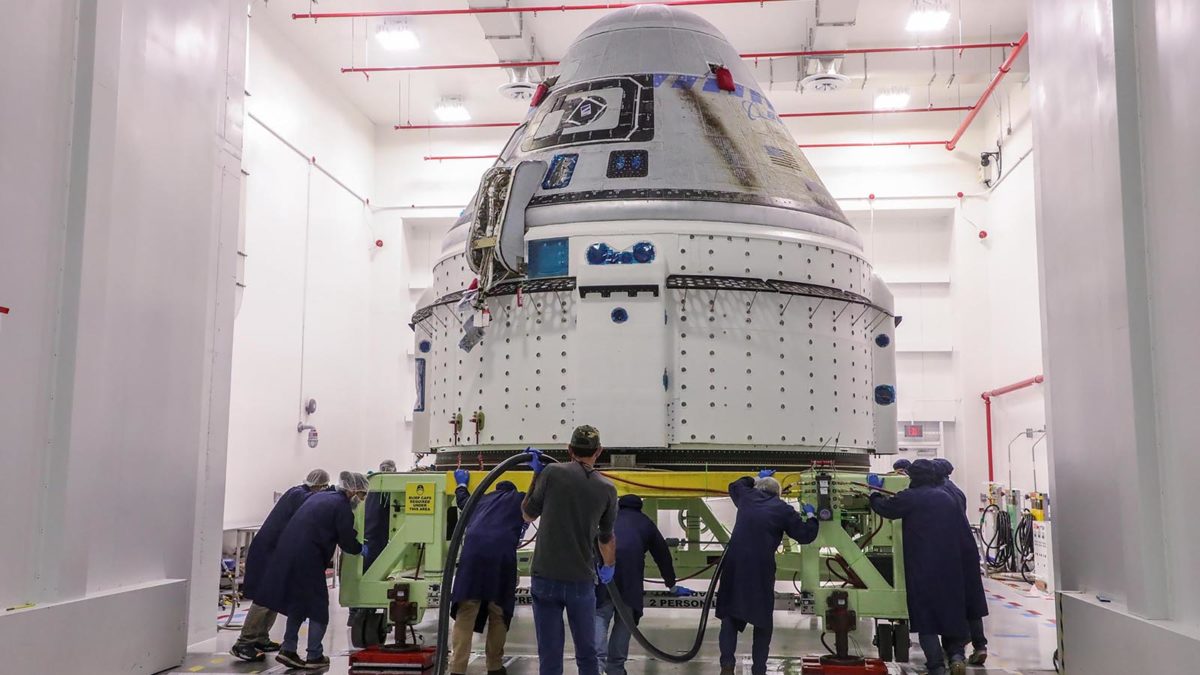Boeing launched its Starliner capsule carrying two test pilots for the first time on June 5. The company became the second taxi service for NASA after SpaceX with this monumental achievement.
The capsule was mounted on a United Launch Alliance Atlas V rocket that took off from Cape Canaveral, Florida, heading for the International Space Station.
The trip is expected to last 25 hours, with an expected time of arrival at the ISS approximately 9:45 pm IST on Thursday. The astronauts will spend over a week in the orbiting satellite laboratory before once more climbing aboard the Starliner for reentry back into the atmosphere. The touchdown is expected to happen in a remote desert area in western US on June 14.
The successful launch
With this being the third attempt since early May, the launch happened smoothly after many difficulties and delays, including two aborted countdowns, and prompted congratulations from many including SpaceX’s Elon Musk.
After being held back for years due to the spacecraft’s flaws, the craft’s debut comes as the company struggles with safety issues and lawsuits on its airplane manufacturing side.
The initial test flight in 2019 without a live crew was plagued by bad software and had to be repeated once more before NASA would allow its astronauts to board it. The reattempt in 2022 showed much better results, but parachute problems cropped up later and there was flammable tape present in the capsule which had to be removed.
The launch on wednesday came after the attempt last weekend which faced rocket related problems. There was a small helium leak in the spacecraft’s propulsion system, but it was a minor malfunction and was manageable. There was also a fault in the capsule’s cooling system which used up more water than expected before the radiators took over in orbit.
Both Boeing’s Starliner and SpaceX’s Dragon are designed to be fully autonomous and reusable, with the crew only needing to perform only the occasional checks of the system.
Boeing was contracted along with SpaceX a decade ago to ferry passengers to and from the space station after the retirement of NASA’s space shuttles. The agency wanted the two competing companies to take over responsibility after them and paid 4.2 billion USD to Boeing and just over half that to SpaceX, which refitted the capsule it was using to deliver supplies to the station.
SpaceX successfully launched astronauts into orbit in 2020, becoming the first private company to achieve what was only accomplished by the US, Russia and China.
The astronauts
On Wednesday, the Starliner carried the two decorated veteran NASA astronauts, Sunita Williams and Butch Wilmore, into orbit.
Sunita Williams is an Indian-American astronaut who is also a former Navy helicopter pilot with experience in flying more than 30 different aircrafts. She was selected for the NASA astronaut program in 1998. She made her first trip to the ISS aboard a space shuttle and returned on board the Soyuz along with two cosmonauts.
She made her second trip to the station in 2012 becoming the second woman to be designated as commander of the station.
She had also set a world record for the longest time spent by a woman in orbit outside a spacecraft by logging a total of 50 hours and 40 minutes total over seven spacewalks.
Butch Wilmore is a retired US Navy captain who has flown 21 combat missions in four operational deployments flying fighter jets off of aircraft carriers during the first US Gulf war. Following that he has also served as a test pilot and as an instructor in the US Navy.
He joined the astronaut program in 2000, flying to the space station as a space shuttle pilot in 2009. He returned to the station in 2014 on board the Russian Soyuz spacecraft with two cosmonauts.
Till date, he has spent 178 days in space and conducted four spacewalks.
